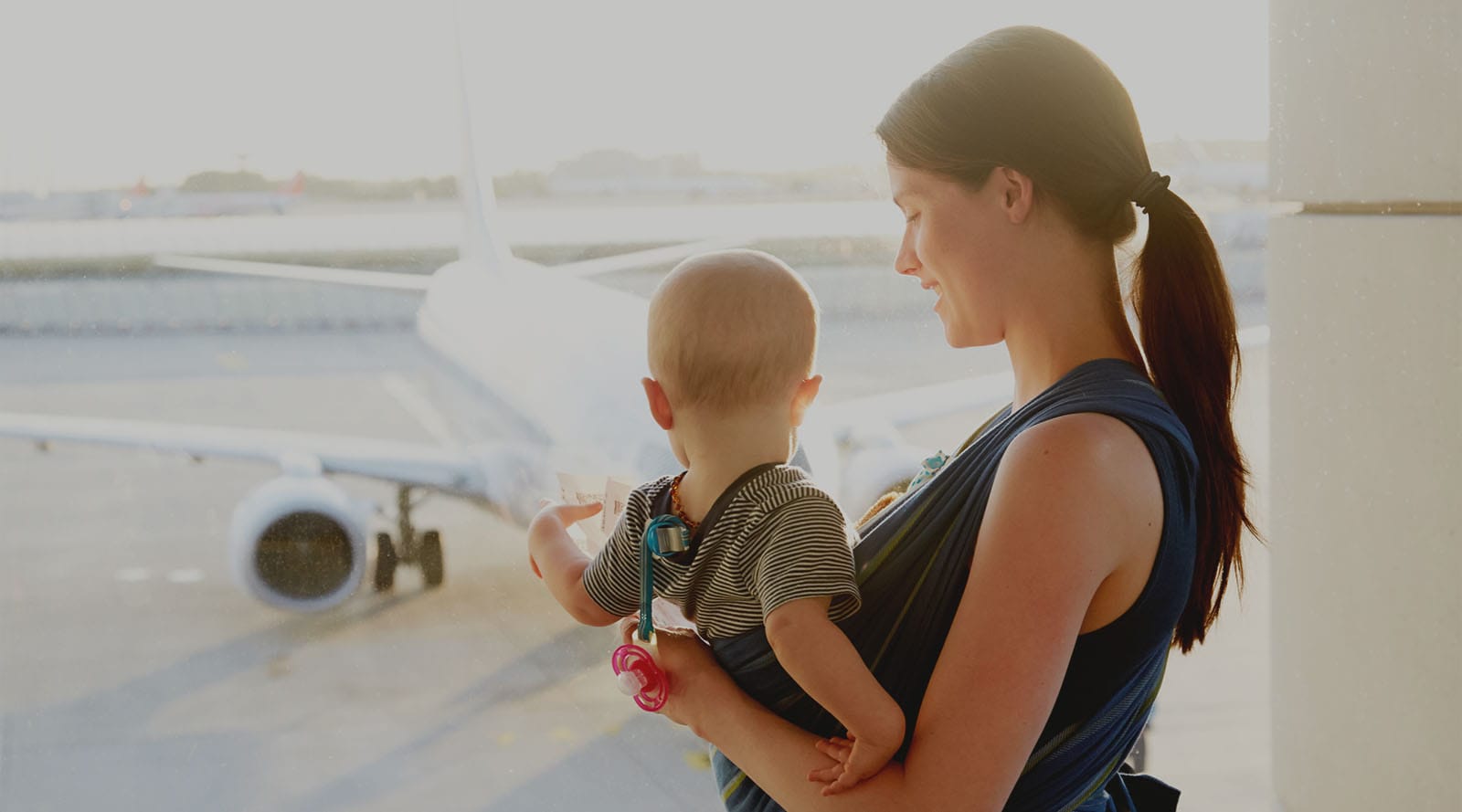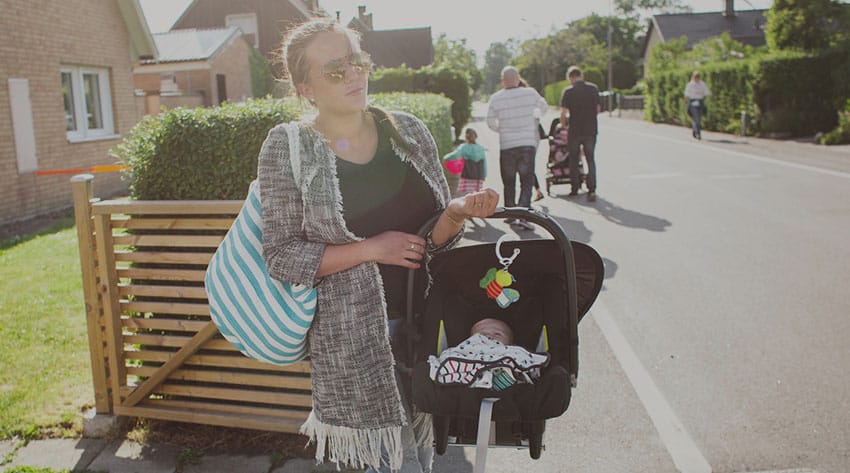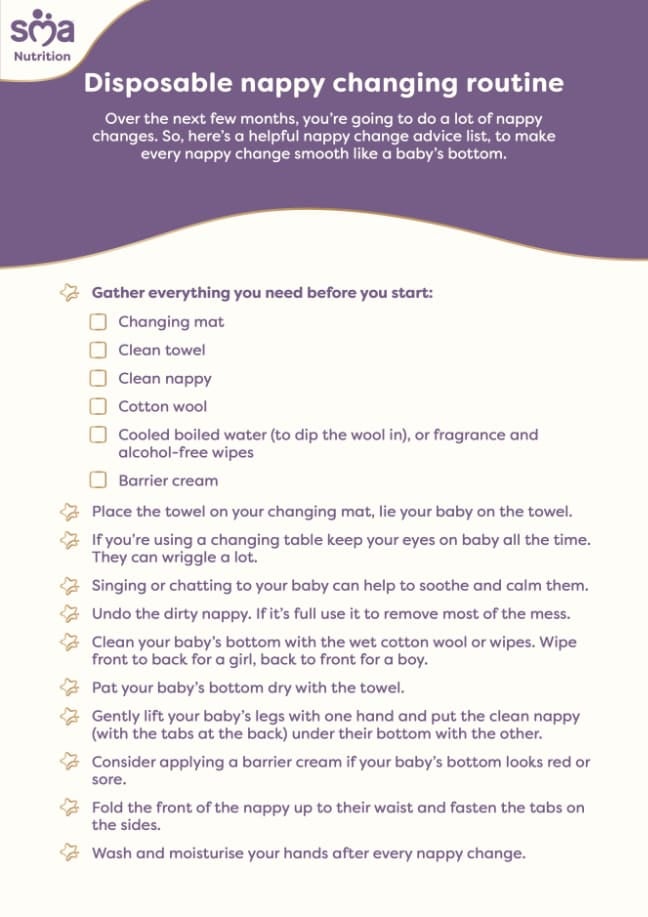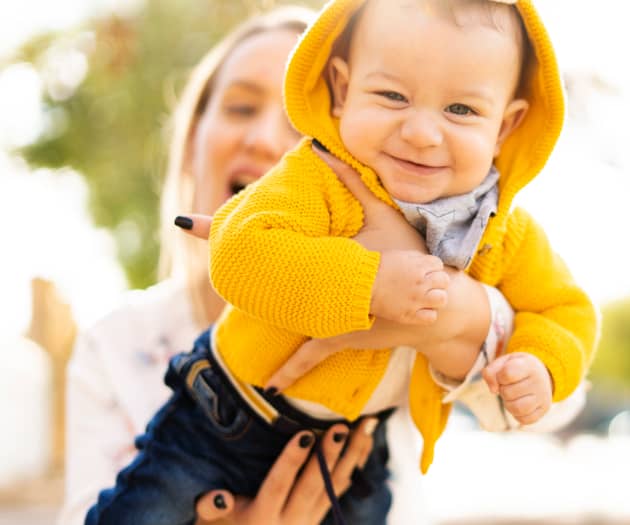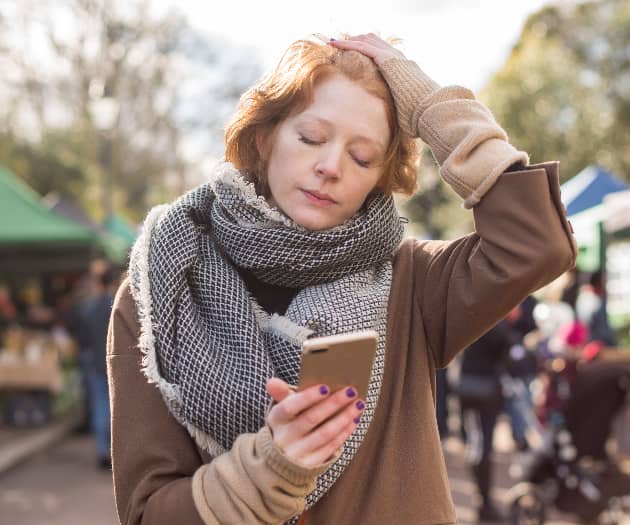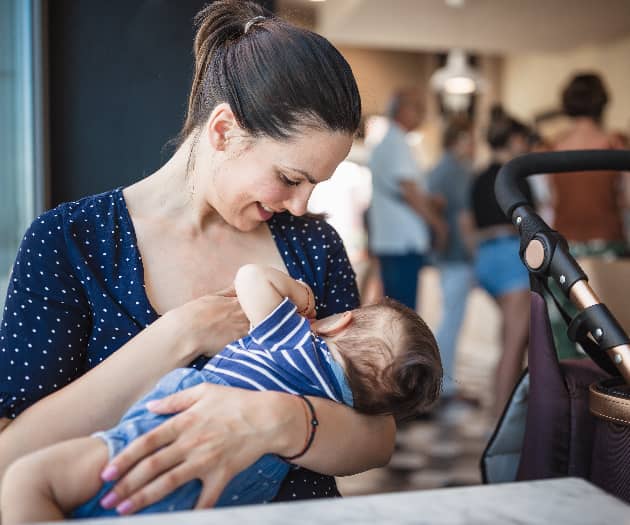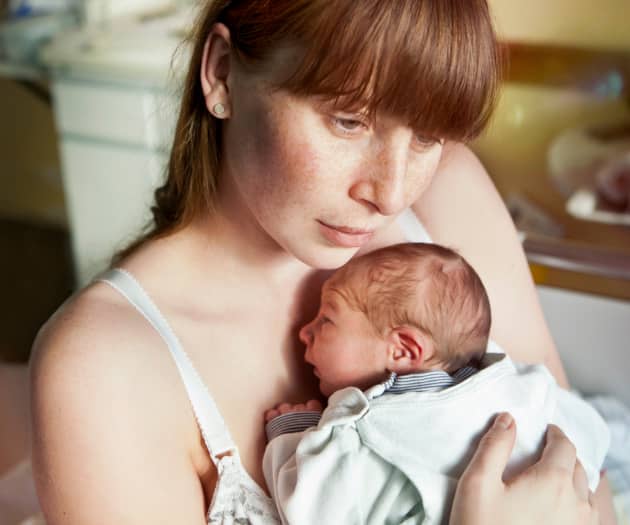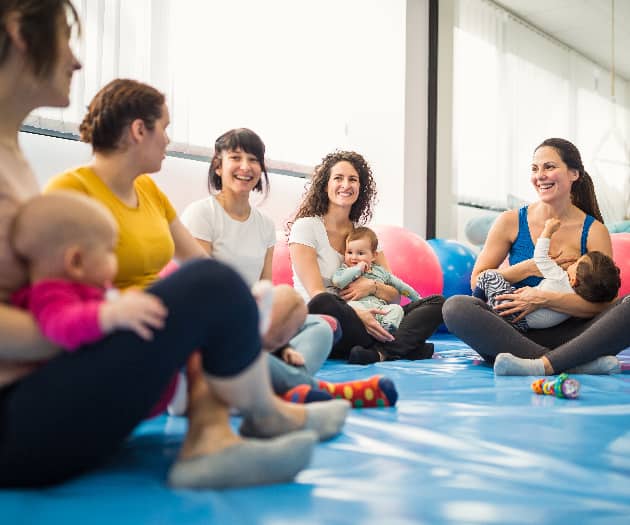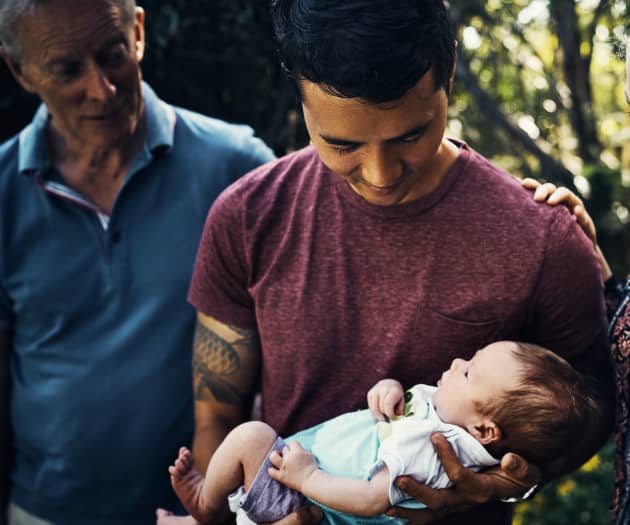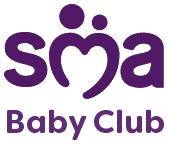Introduction
Having a baby doesn’t mean the end of your travelling days. In fact, most young babies are pretty portable and sometimes getting out and about with baby is the best way to stay sane.
Whether you’re popping round the shops or planning a fortnight overseas, we’ve got some great tips for travelling with a baby.
Taking baby home from the hospital
Baby’s first trip might not be far, but it’s a big one. When it’s time to leave the hospital you’ll soon discover there’s a knack to getting around with this cute bit of cargo. Depending on where you live you’ll need to bring either a baby car seat, a pram or a baby carrier. If you’re going home in a car you’ll need a baby car seat – it’s the law. This should be rear-facing with a newborn insert – as they get older the car seat will adapt.
Between the hospital and your home your baby will need a weather-appropriate outfit. If it’s cold, a warm blanket over their car seat straps or in the pram will help. For safety reasons thick jackets, snowsuits or blankets aren’t supposed to be worn under the harness of a baby car seat. Parasols or rain covers are worth buying ahead of time to make sure baby’s safe and comfy whatever the weather.
Travelling with a baby – trains, planes and automobiles
Plan ahead and you’ll go far. Working around nap and feed times usually helps. Lots of young babies can’t help but doze off in a vibrating car or a moving buggy. So you may want to set off right before a nap so you can get in a change and a feed first and when you’re ready to roll they’re ready to doze. Not all babies’ sleep switches are activated on-the-go though – you’ll find out soon enough if you need to leave after they’ve had a good nap instead. It’s all about trial and error when you’re travelling with a new human.
Cars
Driving is good for shorter trips, but healthcare experts say babies shouldn’t stay in the baby car seat for extended periods. Sometimes a longer trip is better on a train so you can take baby out on the way. If you do end up on a road trip, factor in a few pit stops for baby to move around and for you to get some feeds and nappy changes in.
Trains
These can be a tight squeeze with all that baby gear, so avoiding rush hour is a good idea if you can. If you do end up on a long train journey it’s easier if there are two of you so you can take it in turns to walk baby around in the event of any meltdowns.
Planes
Travelling with a baby on a plane is a bit more involved. Check with your individual airline for their policy on flying with a baby as some may need a doctor’s letter confirming they are able to fly if your baby is under 2 weeks of age at the time of flying.
If you’ve had a C-section you may not be allowed to fly until after your six week check with your doctor.
When you and baby are ready to fly check with your airline to see what they provide and what you’re able to carry. When your baby is under two you’ll probably have them in your lap for free or a small fee. If the flight is long-haul a good tip for travelling with a baby on a plane is asking ahead if they provide a bassinet for baby to get some sleep flat on their back. Many airlines let you check-in around two pieces of baby equipment for free. These might be your pram and your car seat, or your car seat and your Moses basket if you’re happy carrying baby in a sling. If you want to be prepared for any occasion you can always pay to bring additional oversize items.
Oh, and luckily with most airlines baby gets to bring a free carry-on. So your own bag doesn’t have to be stuffed with nappies and bottles – the trusty changing bag can come with you. Check your airline first though to avoid suitcase chaos in the terminal later.
Travelling safely and conveniently with baby
Let’s talk in more detail about getting around with all that baby gear...
A baby sling might be better for airport security instead of the pram, but if you’d rather rest your back and have somewhere to stash your bags then a pram is great and they’ll usually just tag it at check-in and take it away at the gate. If you do opt to bring the pram it’s a good idea to have your sling in your carry-on anyway, it can be helpful when boarding the plane or even walking around in the aisle trying to get baby to snooze.
When you’re debating baby sling or pram it’s worth considering your destination. Not just on holiday but travelling near and far. If there are loads of steps, cobbles or steep hills a sling or carrier may be better. If there are lifts and ramps then the pram works and helps with long naps as it should lie flat.
Try and choose a sling or carrier that gives baby good head support and proper hip position.
On the plane it’s best to keep baby strapped in with their child restraint, or in a bassinet if it’s provided. It’s worth calling ahead to remind the airline you’re travelling with your baby so they can have everything ready to roll. A window seat is best if you can get one – that way if your neighbour needs the loo your baby’s naps won’t be disturbed. A good tip is for one parent to board earlier and set up camp and the person with baby to board last minute and minimize the time they’re cooped up.
You may already know this, but the air pressure can be a real pain for tiny ears. To help baby (and your neighbours) cope you could offer baby a dummy or some of your baby’s usual milk when in flight to stimulate swallowing which will help equalise the pressure in their little ears. This is especially useful around take-off and the initial descent when pressure changes are most notable.
Baby travel – some key kit you may want:
- Nappies
- Baby wipes
- Nappy sacks
- Changing mat
- Travel-size barrier cream
- Tissues
- Dummies
- Clip-on dummy straps - also good for holding toys and teethers
- Bottles
- Formula milk (the ready-made cartons are handy)
- Breast pump
- Breast pads
- First aid kit
- Sachets of baby painkillers - if not in first aid kit
- Teething gel or sachets
- Teether toys
- Toys
- Small soft books
- Bibs or wipeable apron with sleeves
- Baby food jars or pouches - if weaning
- Baby spoons
- Hand sanitiser for you
- Spare clothes for baby
- Spare clothes for you
- Small blanket
- Comforter
If going somewhere hot/tropical:
- Clip-on pram fan
- Baby sunscreen
- Parasol or sun hat
- Mosquito net for pram
- Baby mosquito patches
- Large muslin blanket or shawl
- Sling or baby carrier
We’ve put together a library full of lists to get you through almost every step of the way - It really is the Mother of all Checklists. Join the SMA® Baby Club for your free guide.
Feeding baby on the go
Hopefully you feel comfortable feeding wherever you go, but if not you can buy purpose-built feeding shawls. If you’ve already got a muslin swaddle blanket for baby just tie it around your neck and you’re sorted, plus it’s cheaper too.
If you’re formula feeding while travelling, you can take as many bottles as you need through the airport (within reason) as the restrictions on liquids doesn’t apply to baby food. You can get travel-size ready-made formula bottles, or stackable formula towers to pre-portion your powder feeds to make with boiled water at the airport or on the flight. You can check the government website for latest guidance.
It’s also worth remembering some cool boiled water for in between feeds – baby’s got to stay hydrated.
If your baby is on solids you might want to pack some baby pouches for the changing bag. You can find spoons online that attach straight to the pouch and minimise mess. If you’re going for the baby-led weaning approach then a banana, some wafers and bread are good staples – you can always pick up some fresh food in the airport or at a local restaurant or supermarket.
Changing nappies in strange places
When baby’s gotta go, baby’s gotta go – and it’s not always a convenient time or place. They won’t want to be in a soiled nappy for too long – it’s just not fair on that little bum. So be prepared to improvise when you’re out and about.
Baby changing tables on planes are often tiny and the same goes for trains – if they exist at all. Another tip for travelling with a baby is to try and only bring the bare essentials to the cubicle – so that’s your changing mat, wipes, nappy sack and nappy. If you have time bag them separately beforehand. You can use a nappy sack to carry the complete set of supplies for the job. Download our handy checklist for nappy changing on the go.
The air stewards may not want you to use the galley to change baby for safety reasons. The jury’s still out on this one but as a last resort on a long journey you could use the seats – as long as you can handle a few weird looks from other passengers. If it’s nearly time to get off it might be worth waiting... sorry baby.
It’s easy enough if you’re in the car, if you aren’t near any facilities at service stations there’s always the back seat when you’ve pulled over safely.
On the beach or at the park you can always go al fresco if you like.
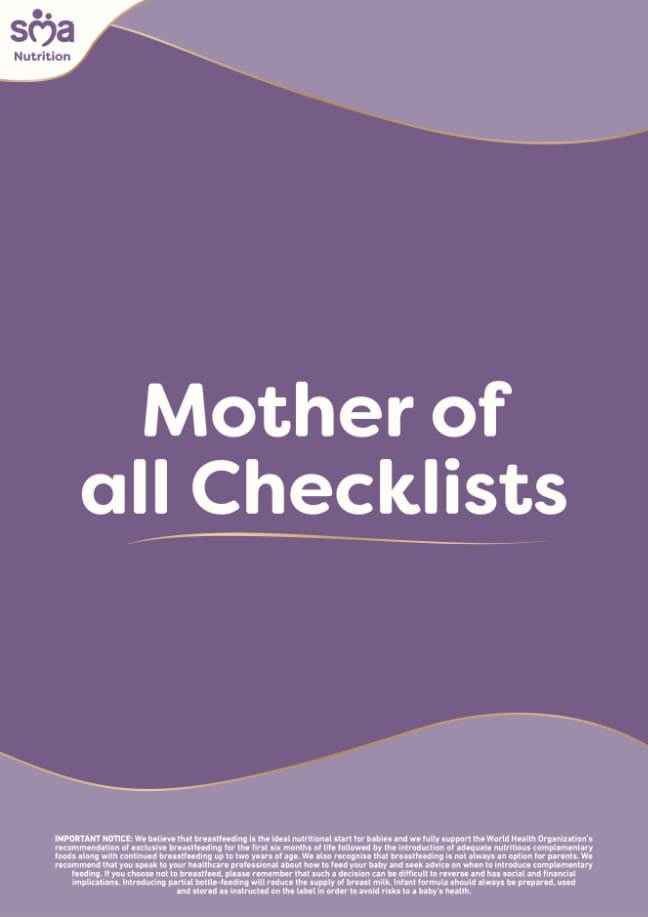
Join SMA® Baby Club to receive the Mother of all Checklists. With 63 checklists across your parenting journey from pregnancy through to toddlerhood we have you covered.



